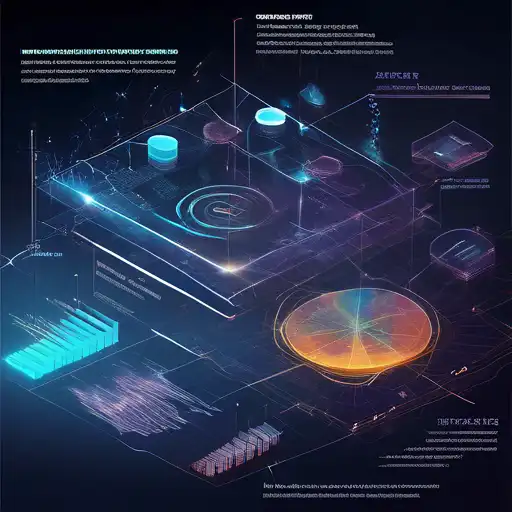Introduction to Data Visualization
In today's data-driven world, the ability to visualize data effectively is more important than ever. Data visualization techniques enable businesses and individuals to uncover hidden patterns, trends, and insights that are not immediately obvious from raw data. This article explores various data visualization techniques that can help you gain better insights from your data.
Why Data Visualization Matters
Data visualization is not just about making data look attractive; it's about making data understandable and actionable. By presenting data in a visual context, we can grasp difficult concepts or identify new patterns more easily. Whether you're a business analyst, a marketer, or a data scientist, mastering data visualization techniques is essential for making informed decisions.
Key Data Visualization Techniques
There are several data visualization techniques that can be used to represent data in a meaningful way. Here are some of the most effective ones:
- Bar Charts: Ideal for comparing quantities across different categories.
- Line Graphs: Best for showing trends over time.
- Pie Charts: Useful for displaying proportions within a whole.
- Scatter Plots: Excellent for identifying correlations between two variables.
- Heat Maps: Great for visualizing complex data sets and identifying patterns or variances.
Advanced Techniques for Deeper Insights
Beyond the basics, there are advanced data visualization techniques that can provide even deeper insights. These include:
- Interactive Dashboards: Allow users to explore data dynamically by filtering and drilling down into specifics.
- Geospatial Mapping: Visualizes data in relation to geographic locations, ideal for location-based analytics.
- Network Diagrams: Shows relationships between entities, useful in social network analysis and more.
Choosing the Right Visualization Technique
Selecting the appropriate data visualization technique depends on the nature of your data and the insights you wish to derive. Consider the following factors:
- The type of data you're working with (quantitative, qualitative, time-series, etc.).
- The audience for your visualization (technical, non-technical, etc.).
- The message or insight you want to convey.
Tools for Data Visualization
There are numerous tools available that can help you create effective data visualizations. Some popular options include:
- Tableau: A powerful tool for creating interactive and shareable dashboards.
- Power BI: Microsoft's analytics service for creating rich visualizations with live dashboards.
- Google Data Studio: A free tool that turns your data into informative, easy-to-read reports.
- D3.js: A JavaScript library for producing dynamic, interactive data visualizations in web browsers.
Conclusion
Data visualization is a powerful tool for transforming raw data into actionable insights. By leveraging the right techniques and tools, you can uncover trends, patterns, and correlations that might otherwise remain hidden. Whether you're just starting out or looking to enhance your data visualization skills, the techniques discussed in this article can help you achieve better insights from your data.
For more information on data analysis and visualization, check out our Business Intelligence section.
